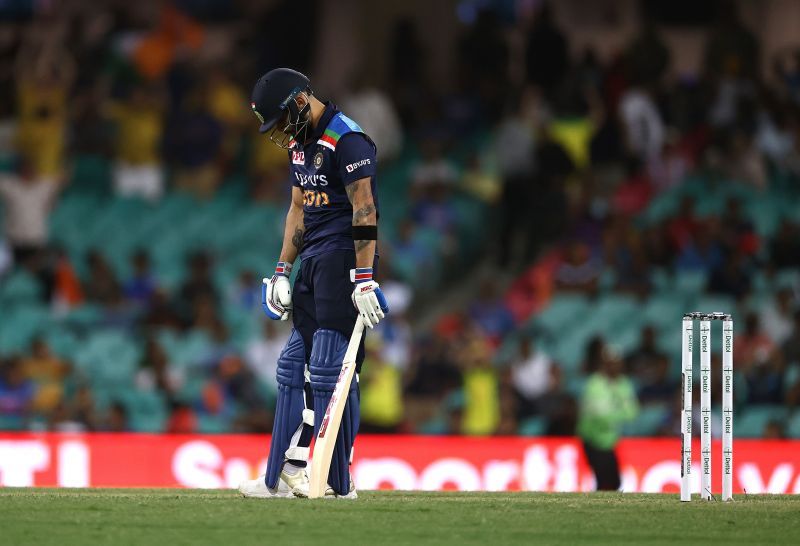
A cluttered mind and half-baked ideas: Indian cricket team's old ailments resurface Down Under
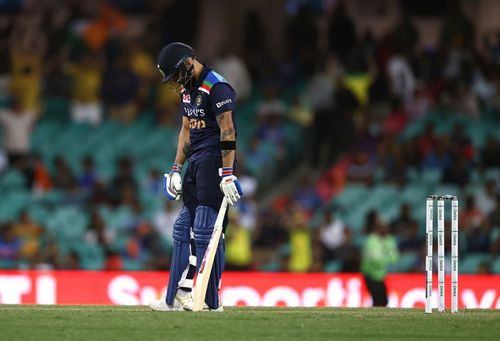
A couple of days ago, at the Sydney Cricket Ground, amid the blaring music and the symphony that scattered crows brought, the Indian cricket team, clad in its retro avatar, had the opportunity to build on their recent successes Down Under.
To put things into context, the Indian cricket team won their first bilateral ODI series that summer, when MS Dhoni, courtesy a Man of the Series performance, powered the Men In Blue to a tense 2-1 triumph.
Since then, the talismanic wicket-keeper has retired but much of the support cast has remained the same, meaning that there was palpable excitement when the Indians rocked onto Australian shores.
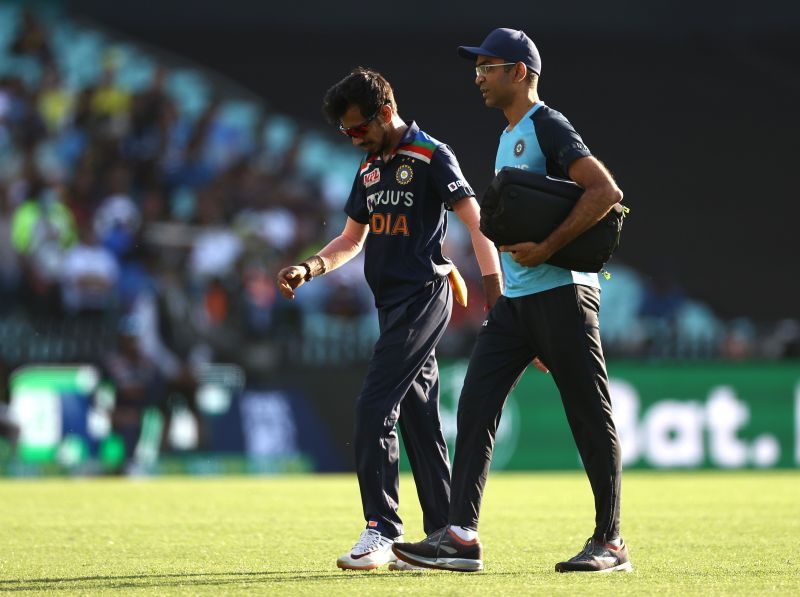
In fact, if one were to be completely honest, quite a few of those cricketers seemed to have had turned corners, with those including the likes of Jasprit Bumrah (who seemed back to his best during the IPL), Mohammed Shami (who has undergone a reincarnation as a white-ball bowler), Yuzvendra Chahal (who carried the RCB bowling attack in IPL 2020), Shreyas Iyer (who answered the eternal No.4 debate) and Ravindra Jadeja (who has come of age as an international all-rounder).
Yet, somehow, the Indian cricket team managed to look completely listless on the 27th of November – something that they even contrived to outdo, a couple of days later. And, rather unsurprisingly, much like countless previous defeats, the ones at the SCG also opened up a pandora’s box. Unfortunately, though, a lot of the problems that sprang up were issues that plenty felt India had tided over.
For much of the Indian cricket team’s ODI sojourn, their bowling attack has seemed to be their achilles heel. However, more recently, that particular suit was highlighted as perhaps their strongest – a deduction that was only emphasized during the 2019 ICC Cricket World Cup.
Post the multi-nation tournament though, the Indian cricket team seem to have fallen back to their 20th century roots, meaning that they’ve been utterly outplayed in that department.
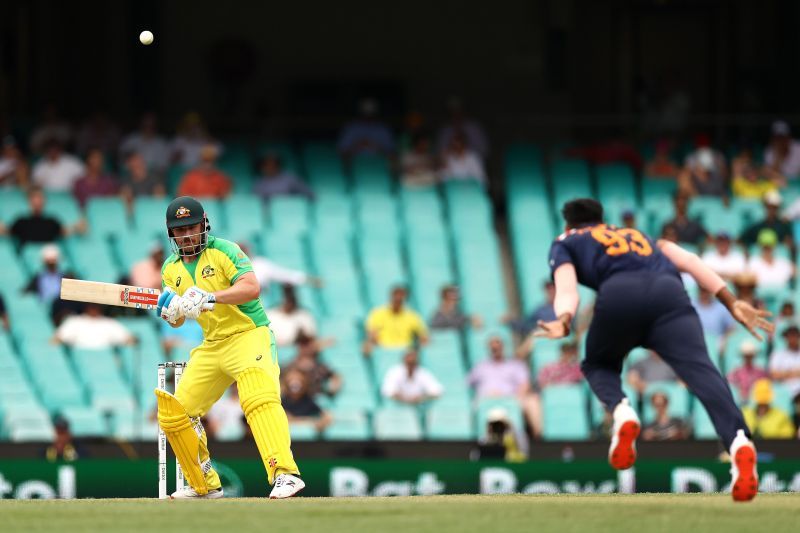
To put things into perspective, the Indian cricket team has, since the 2019 ICC Cricket World Cup, conceded more than 275 on 7 occasions (out of 9 ODIs). More worryingly though, those numbers don’t include a 10-wicket mauling Australia handed India, in January 2020 and a total of 273 that was comfortably defended by New Zealand, in February 2020.
Though that loss in form has coincided with Jasprit Bumrah going off the boil, if one reads further through the lines, there seems to be a certain correlation with the Indian cricket team rummaging furiously through a variety of tactics, only for them to be proved futile.
Virat Kohli, the current Indian skipper, has never been a captain that has preferred continuity, almost always opting for an alternative that has an element of surprise, even at junctures when tweaking might not have been the need of the hour.
Against Australia in the 1st ODI, the Indian cricket team began decently, although they didn’t really set the world ablaze. In theory, a string of further bowling changes should’ve upset the Australian apple cart, considering that they would’ve been under the pump to make things happen. On the flip side though, those changes caught the Indian cricket team flat-footed, with none of their bowlers able to settle into a rhythm.
Additionally, the Indian cricket team’s plans seemed to revolve around banging the ball into the track – something that had a counter-productive effect on a relatively easy-paced pitch at the SCG. Unsurprisingly, Australia plundered their way to 374, with the likes of Jasprit Bumrah, Mohammed Shami and Yuzvendra Chahal looking clueless.
In the 2nd ODI, the Indian cricket team and of course, Virat Kohli, outdid themselves on that count, at least.
Jasprit Bumrah and Mohammed Shami had begun relatively nicely, with the pair tying Aaron Finch down, in particular. Yet, as is the Virat Kohli norm, he kept shuffling and juggling his pack. Neither of those bowlers ever regained a foothold in the game and were punished throughout the innings.
In fact, for those wondering, Jasprit Bumrah bowled his first five overs in FOUR different spells.

Furthermore, the Indian cricket team’s wicket-taking ability in the Power Play has also come in for severe criticism, considering that they’ve only managed a handful of wickets (5) in their past 14 ODIs, while they haven’t accounted for a single batsman in the opening ten overs in their previous five ODIs.
Apart from their bowling ailments, the Indian cricket team’s batting approach has also evoked cries of frustration, not just because they’ve not been able to execute their plans, but primarily because they’ve seemed to lack a modus operandi altogether.
In the opening game against Australia, the Indian cricket team were a little too gung-ho and found themselves 101/4 in a 375-run chase. Consequently, even excellent rear-guard essays, such as the ones Hardik Pandya and Shikhar Dhawan played, couldn’t haul them back into contention.
On the 29th of November though, the Indian cricket team, despite being in the hunt for a bigger target (390 to be precise), seemed much more lackadaisical. Ultimately, they fell short by 51 runs. And, though that was a slight improvement from the other day, there were chances where the Indian cricket team could have actually grabbed the game by the scruff of its neck.
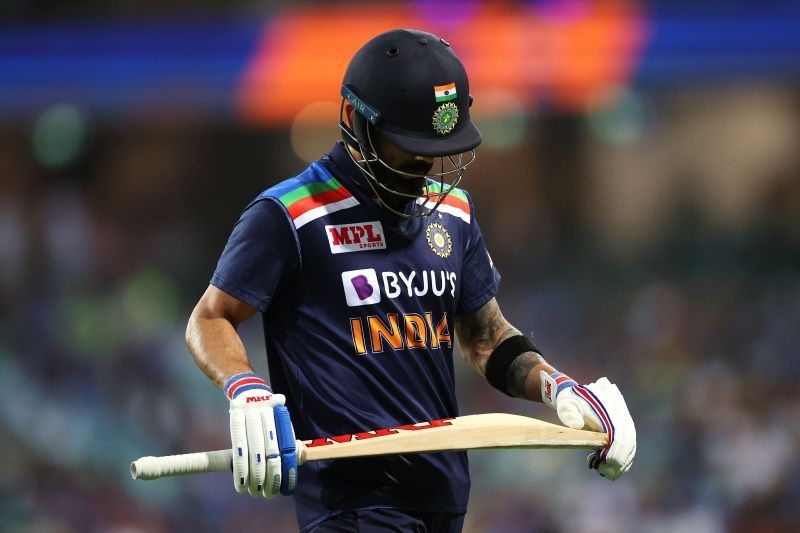
Batsmen of the ilk of KL Rahul, Shreyas Iyer and even Virat Kohli batted at a middling strike-rate, in the hope that they would make up for it, towards the end. However, nothing of the sort transpired and the pair ate up deliveries, without really biting significantly into Australia’s total. While their innings, coupled with their strike rates, would’ve been perfect for a chase hovering around 330-340, it was nearly not enough on Sunday, considering the mountain they were baulking at.
Contextually, the Indian cricket team found themselves requiring 69 off the final four overs, with Hardik Pandya and Ravindra Jadeja at the crease. Courtesy the belligerent pedigree each boasts, even that wasn’t as dire a situation as many would’ve envisioned it to be.
On Friday, India tried to chase down their target inside 45 overs, whereas on Sunday, they desperately hoped for an extra five overs to aid their pursuit. And, therein, perhaps, lies the biggest takeaway from the ODI series: a lack of clarity and a continued adoption of half-baked ideas.
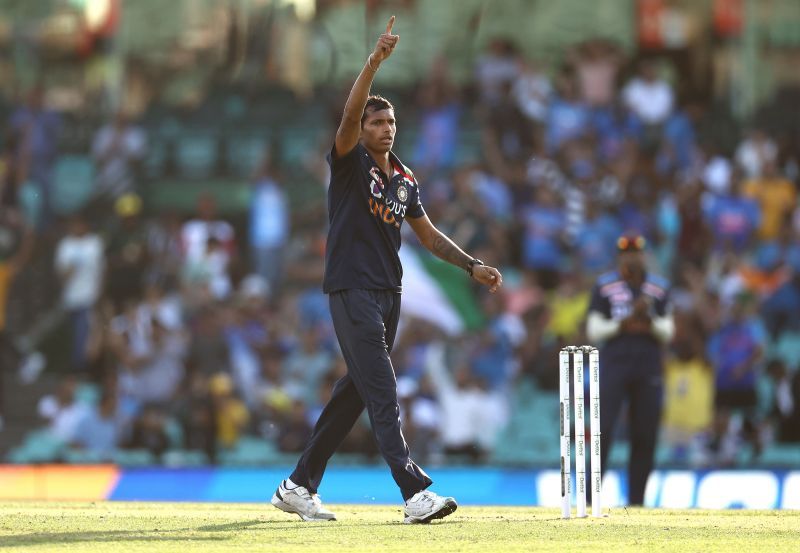
To put things into further perspective, the Indian cricket team never looked comfortable with both bat and ball. When bowling, they frequently adopted a 5-4 field, praying for one of the Australian batsmen to make a mistake, rather than trying to force the issue.
If one were to be even more honest and damning in one’s assessment, the Indian cricket team just couldn’t figure out possible wicket-taking avenues. Unsurprisingly, they had to rely on a fabulous run-out to get rid of David Warner.
On the batting front, the Indian cricket team underestimated Hardik Pandya and Ravindra Jadeja’s hitting ability, before over-compensating and of course, overestimating it – all in the space of a couple of days. As for batsmen above the duo, they seemed unsure of their roles, with none really exhibiting the conviction required to scale down such daunting peaks.
And, as far as the balance of the side is concerned, well, the Indian cricket team somehow seemed to lack batting and bowling depth, despite playing their preferred eleven on both occasions.
The Indian cricket team have lots to answer in white-ball cricket
Prior to the 2019 ICC Cricket World Cup, the Indian cricket team only seemed occupied with the perennial No.4 debate. While that wasn’t really solved throughout the tournament, there was at least some solace in the fact that other potential grey areas had been addressed.
Ironically though, now they find themselves at a crossroad where perhaps that particular conundrum could be the least of their concerns. At the moment, their bowling lacks bite, their batting lacks firepower, and their captain looks bereft of ideas (or has too many) – traits that should ideally be set in stone for any top-tier limited-overs outfit.

To be pristinely clear, a knee-jerk reaction to install Rohit Sharma at the white-ball helm might not be the prudent course of action. Yet, if the Indian cricket team are to indeed harness the vast potential at their disposal, one reckons they might need a better plan and a better blueprint of how they want to play their cricket. In fact, Virat Kohli too, could bring that to the fore. However, there hasn’t been much evidence to harp on that fact, so far.
In a utopian world, the Indian cricket team would’ve wanted to arrive Down Under and stamp their authority as a side that was capable of handling each and every obstacle thrown in its path. Yet, in their opening two assignments, they’ve only indicated that this particular tour could morph into one of their longest (figuratively) in recent memory.
There are a ton of questions that need to be answered and a further bunch of questions that need to be asked, first and foremost. Else, it might not take long for the Indian cricket team to lose their status as the premier all-format outfit across the globe.
Over the past few years, that hasn’t been a quandary the Indian cricket team has had to worry about. Now though, it seems only a stone’s throw away. And, that¸ more than anything else, highlights the enormity of the task on their hands.
Seems like the retro kit has only evoked memories the Indian cricket team had seemingly run away from, doesn’t it?